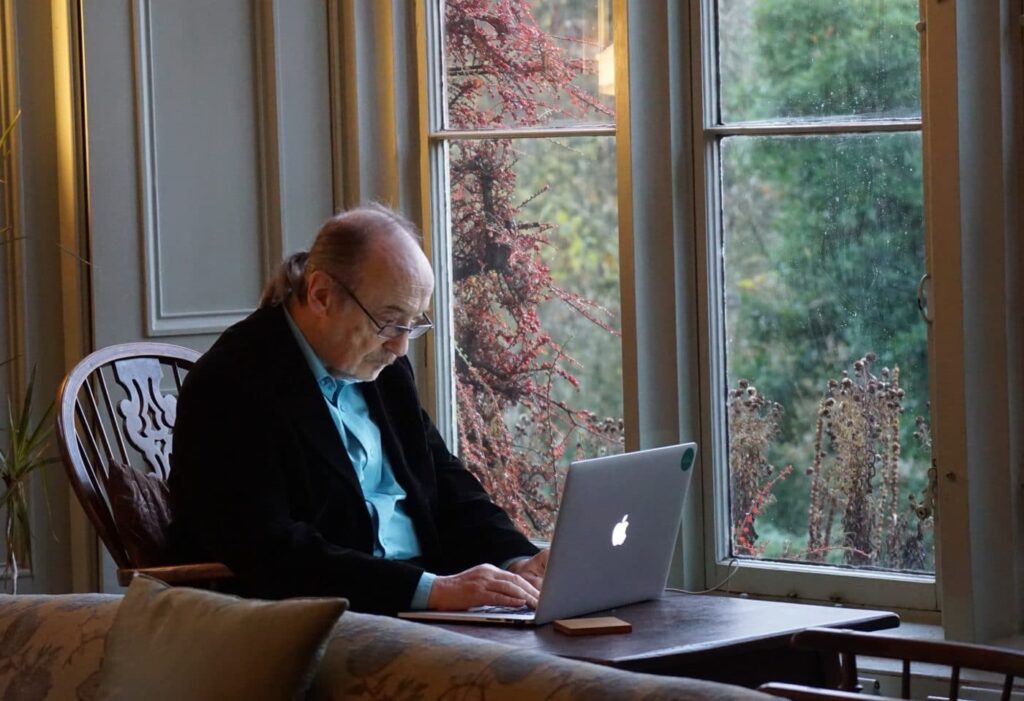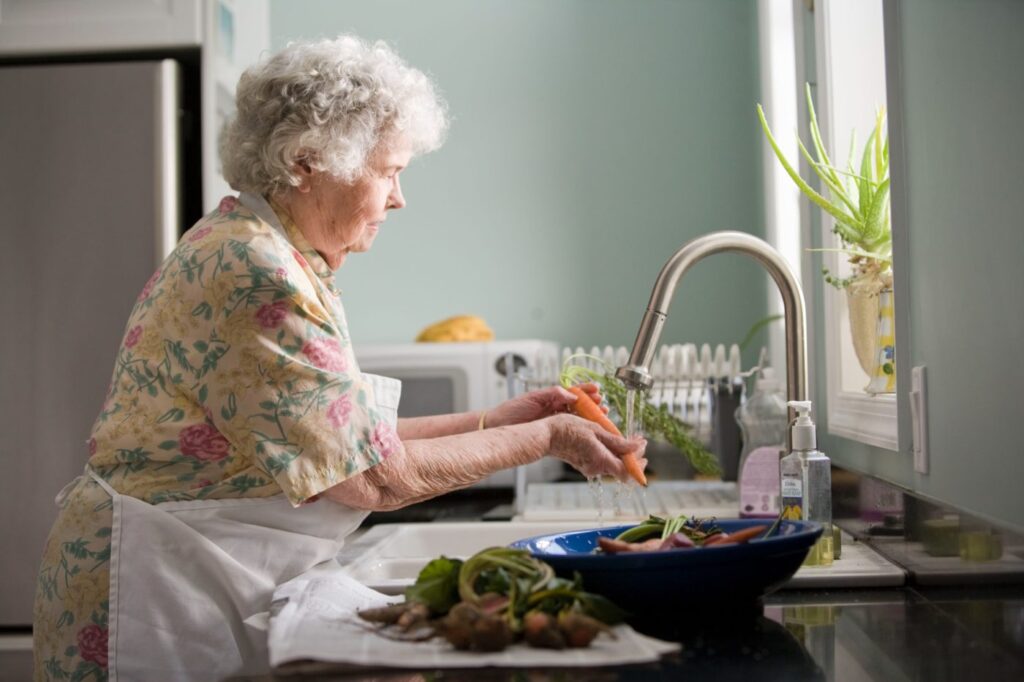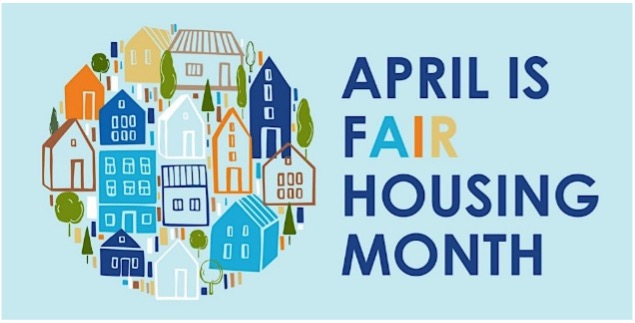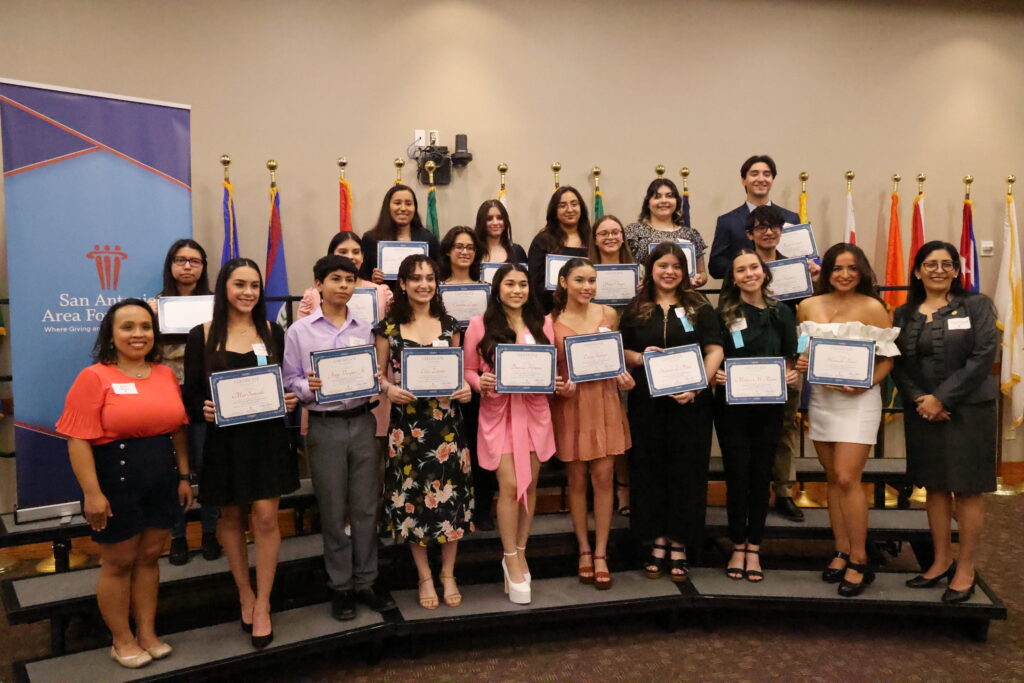According to recent national studies, the country’s 74 million baby boomers will be 65 or older within the next decade with the oldest in this demographic on the cusp of 85.

Even sooner, by 2025, the number of older adults (65 million) is expected to surpass that of children 13 and younger (58 million) for the first time, according to projections from the Census Bureau. It’s a timely reminder taking into consideration that we’re in National Aging in Place Week.
According to the Census’ American Community Survey, more than 40 percent of older adults 55 to 75 and 38 percent of those 75 and older live in three-bedroom houses, suggesting a potential mismatch between the size and maintenance requirements for the home and the needs of its inhabitants.
Aging in place means older adults will ultimately need to ask themselves some hard questions:
- What is the ideal way for you to spend your retired years?
- What type of home environment you see yourself in – individual, community, assisted?
- What special health care do you require or think you will need?
- What other types of supplementary services may you require?
- What options have you planned for in case of emergencies, life changing events, accidents, etc.?
Communities must prepare for the housing and service needs of older adults. Local decision makers and other community stakeholders can act now to put policies in place that will address challenges that community members may face as they age.
The AARP’s Livability Index/Great Neighborhoods for All Ages online resource measures communities on how well they are meeting the needs of people as they age, including housing needs. The tool scores any location in the United States against a set of indicators that, when combined, reflect AARP’s livable communities’ principles.

The index includes several indicators that highlight a number of housing issues and policy solutions such as the prevalence of homes with accessible features within the community and the existence of state or local policies that support home accessibility.
The Area Foundation is a proud advocate for older adults in the San Antonio region. One of four impact focus areas for grantmaking is Successful Aging. Additionally, through the leadership of our Managing Director of Collective Impact, the Area Foundation leads the Successful Aging in San Antonio (SALSA) initiative, which brings together more than 40 nonprofit organizations focused on older adults. Learn more about SALSA here.
Linda Burton is a retired executive with more than 40 years of experience in broadcasting, business development, marketing and healthcare. She is currently the Chair of the City of Buda Task Force on Aging and is one of the founders of the Buda Police Foundation. She works with SALSA on Reframing Aging and other issues.

